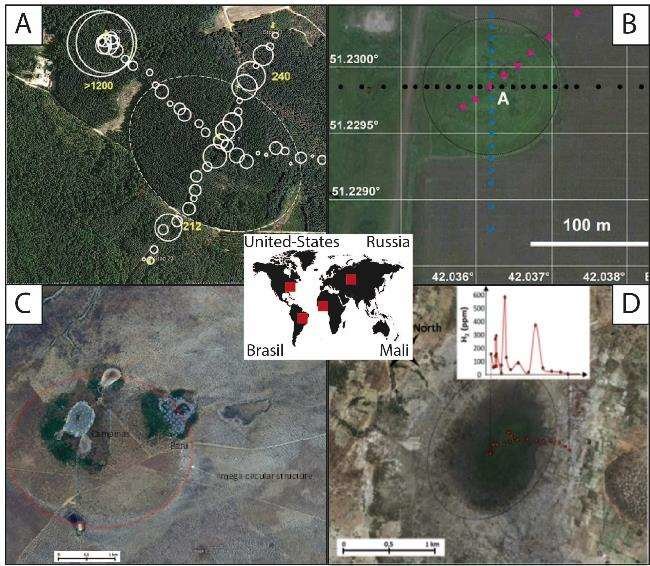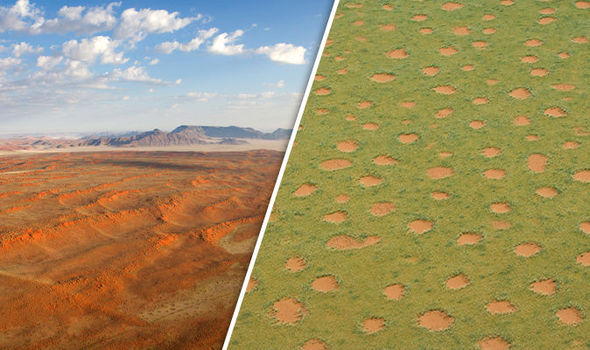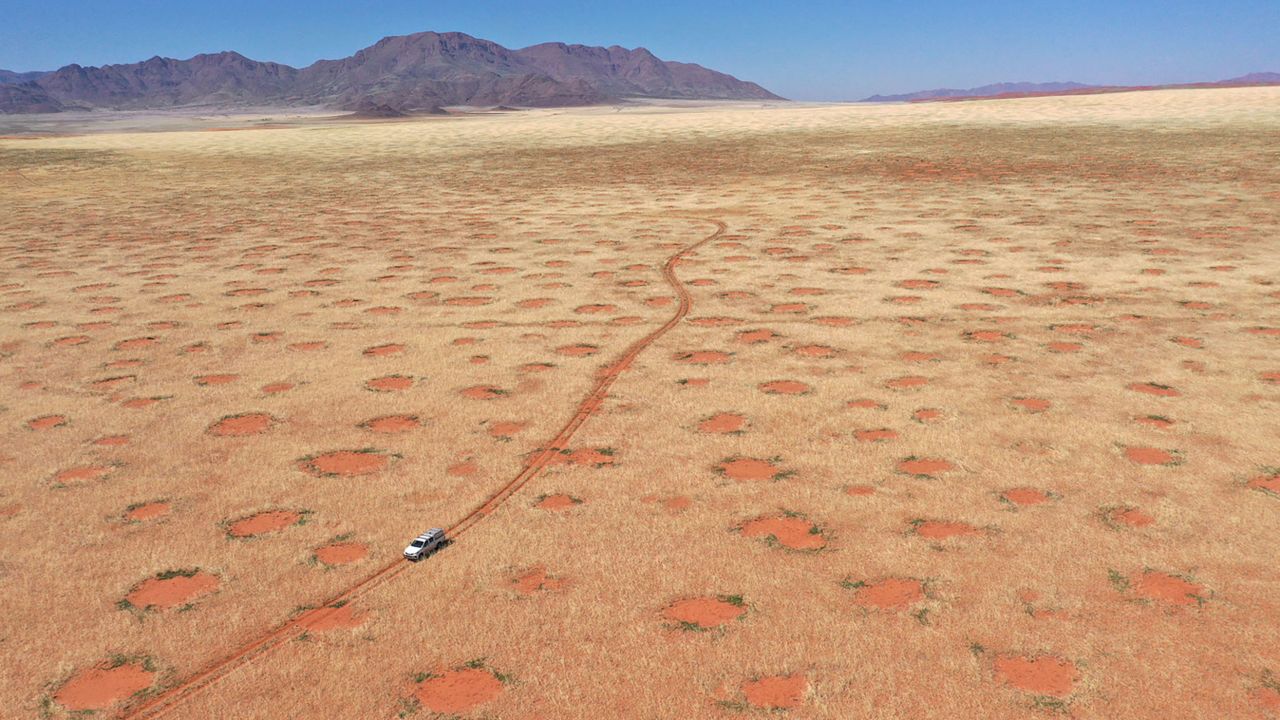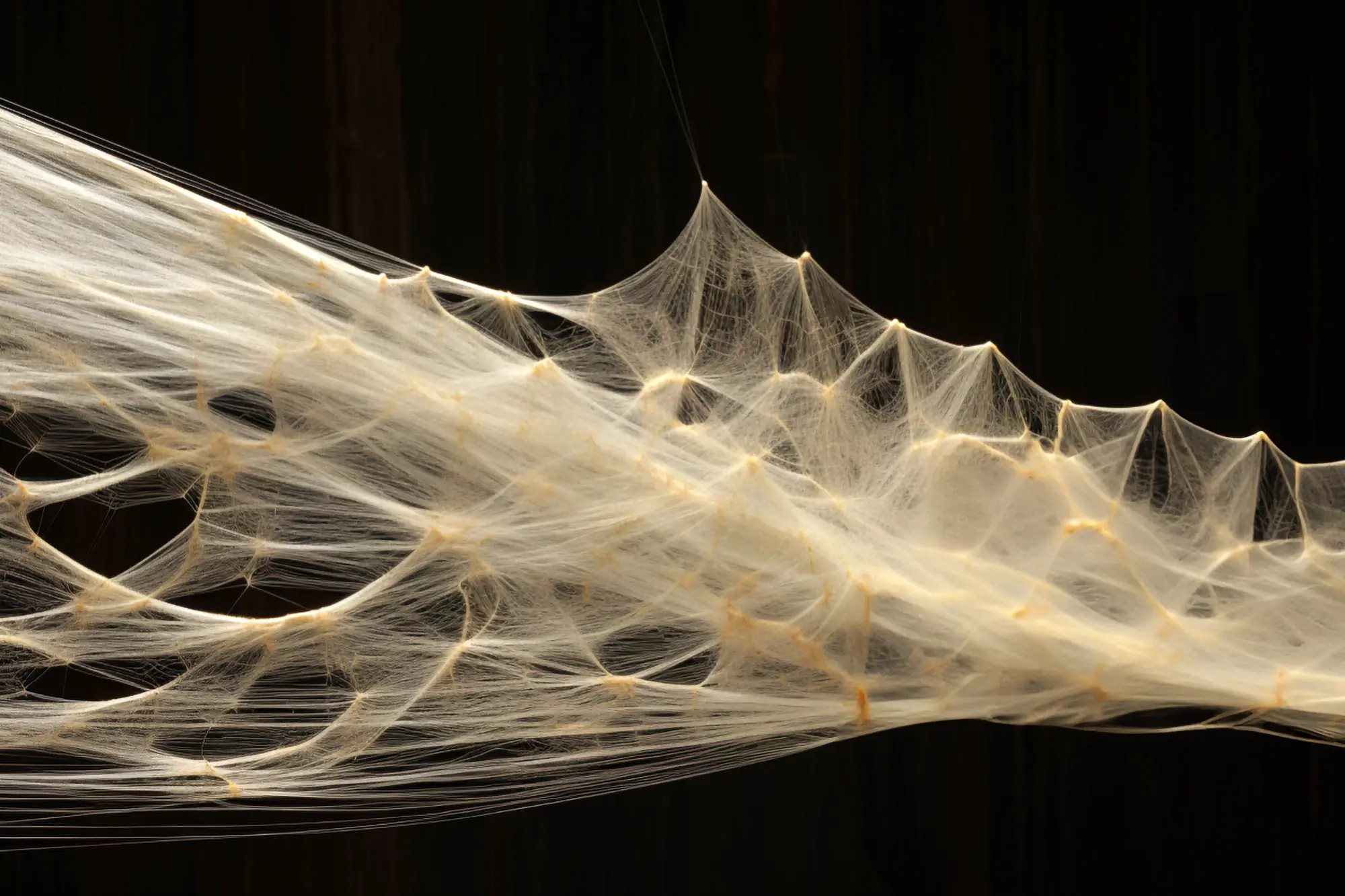The Mystery of Enigmatic Fairy Circles
The enigmatic fairy circles have long perplexed scientists and captivated the imagination of nature enthusiasts. These peculiar circular patches, devoid of vegetation and surrounded by lush vegetation, can be spotted in hundreds of arid areas across the planet. From the deserts of Namibia to the grasslands of Australia, these mysterious formations continue to baffle researchers and spark numerous theories.
Despite their enchanting name, fairy circles have nothing to do with fairies or mythical creatures. They are, in fact, a natural phenomenon that has been studied extensively over the years. Yet, the question of their origin and the forces that shape them remains largely unresolved.

The Origin and Formation of Phenomenon
One prevailing theory suggests that the enigmatic fairy circles are a result of self-organizing plant dynamics interacting with their arid environment. According to this hypothesis, water-stressed grasses found in these regions compete for limited water resources, resulting in the establishment of circular patterns. As the grasses grow and compete for water, they inhibit the growth of vegetation in the center, eventually creating the iconic fairy circles we observe.
Another school of thought proposes that termites play a crucial role in shaping these intriguing formations. Termites are known to create intricate networks of underground tunnels. Which help regulate the water and nutrient distribution in arid environments. It is believed that the termites’ activity leads to the creation of water-rich rings, where the center becomes devoid of vegetation due to the concentrated nutrient availability.
While these explanations provide some insights into the formation of fairy circles, the exact mechanisms behind their formation are still shrouded in mystery. Researchers continue to investigate the roles of other factors, such as soil composition, microorganisms, and climate patterns, in shaping these enigmatic phenomena.

Unraveling the Intricacies
Efforts to understand the dynamics of fairy circles have been met with significant challenges. Their sporadic distribution across arid regions and the ever-changing environmental conditions make it difficult to conduct in-depth studies. However, advancements in remote sensing technology and data analysis have opened up new avenues for researchers.
By harnessing satellite imagery and high-resolution aerial photography. Scientists are gaining valuable insights into the spatial patterns and temporal dynamics of fairy circles. These tools allow researchers to monitor the changes in vegetation cover, soil moisture, and temperature over time. Helping them piece together the puzzle of fairy circle formation.

The study of fairy circles not only provides a fascinating glimpse into the intricate workings of our planet. But also holds implications for understanding ecosystem dynamics. By unraveling the mechanisms behind these enigmatic formations. Scientists can gain valuable knowledge about how plants and organisms interact with their environment, particularly in arid regions.
Additionally, the ability to accurately predict and monitor the formation of fairy circles could have practical applications. Understanding the ecological processes that give rise to these formations may help in managing and conserving the fragile ecosystems of arid areas.
As scientists continue to uncover the secrets of fairy circles. One thing remains certain: the mystique surrounding these unique formations will continue to captivate and intrigue us. The enigmatic fairy circles serve as a reminder of the vast wonders that still await discovery in our natural world.



